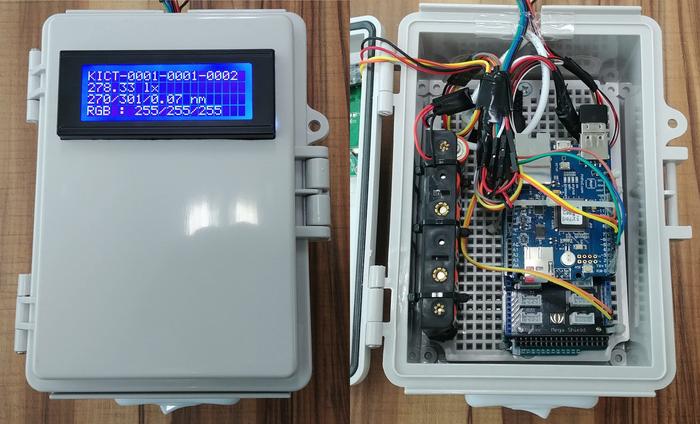
An actual-time, low-cost algal bloom monitoring system has been developed by Korean researchers, using cheap optical sensors and a novel labeling logic. The system achieves greater accuracy than state-of-the-art AI fashions corresponding to Gradient Boosting and Random Forest, based on the group behind it, from Korea Institute of Civil Engineering and Constructing Know-how (KICT).
Dangerous algal blooms (HABs) pose important threats to water high quality, public well being, and aquatic ecosystems. Standard detection strategies corresponding to satellite tv for pc imaging and UAV-based distant sensing are cost-prohibitive and never appropriate for steady discipline operation.
To handle this subject, the group has developed a compact, sensor-based probe that integrates ambient mild and daylight sensors right into a microcontroller-based platform. The gadget categorizes water floor circumstances into 4 labels — “algae,” “sunny,” “shade,” and “aqua”—based mostly on real-time readings from 4 sensor variables: lux (lx), ultraviolet (UV), seen mild (VIS), and infrared (IR).
Sensor knowledge labeling was processed utilizing a Assist Vector Machine (SVM) classifier with 4 enter variables, reaching 92.6% accuracy. To boost efficiency additional, the analysis crew constructed a sequential logic-based classification algorithm that interprets SVM boundary circumstances, boosting accuracy to 95.1%.
When making use of PCA (Principal Element Evaluation) for dimension discount adopted by SVM classification, accuracy reached 91.0%. Nevertheless, making use of logic sequencing on PCA-transformed SVM boundaries resulted in 100% prediction accuracy, outperforming each Random Forest and Gradient Boosting fashions, which reached 99.2%. This strategy demonstrates that simplicity and logic can outperform complexity, particularly in constrained environments.
“The logic-based framework demonstrated distinctive robustness and interpretability, particularly for real-time deployment in embedded techniques,” mentioned Dr Jai-Yeop Lee of KICT’s Division of Environmental Analysis, who led the work. “It outperformed ensemble tree strategies in small-sample settings and is right for field-based MCU environments.”
The system additionally quantifies chlorophyll-a (Chl-a) concentrations, a vital marker for dangerous algal blooms, utilizing a A number of Linear Regression (MLR) mannequin. The mannequin, derived from the identical 4 sensor inputs, is claimed to attain a 14.3% error fee for Chl-a ranges above 5 mg/L, making it dependable for sensible discipline use. “In contrast to complicated nonlinear fashions, the MLR mannequin runs effectively on low-power gadgets and is well interpretable and maintainable.”
The research is introduced as a major advance in inexpensive and accessible water high quality monitoring. “By combining low-cost IoT sensor know-how with environment friendly logic-based modeling, the system allows real-time algal bloom detection with out the necessity for costly {hardware} or in depth coaching knowledge.”

